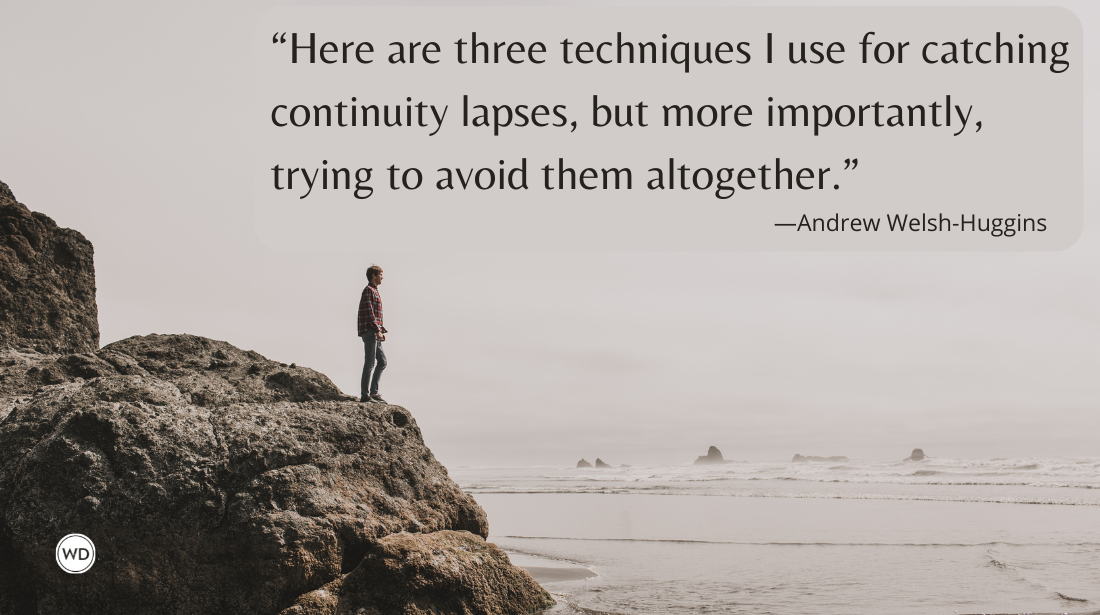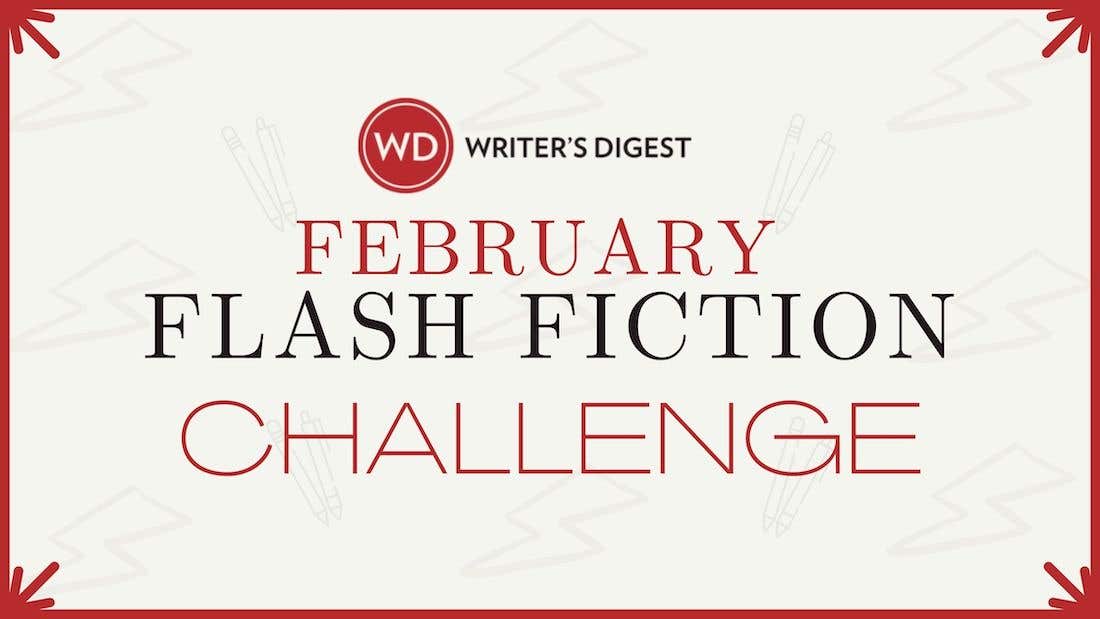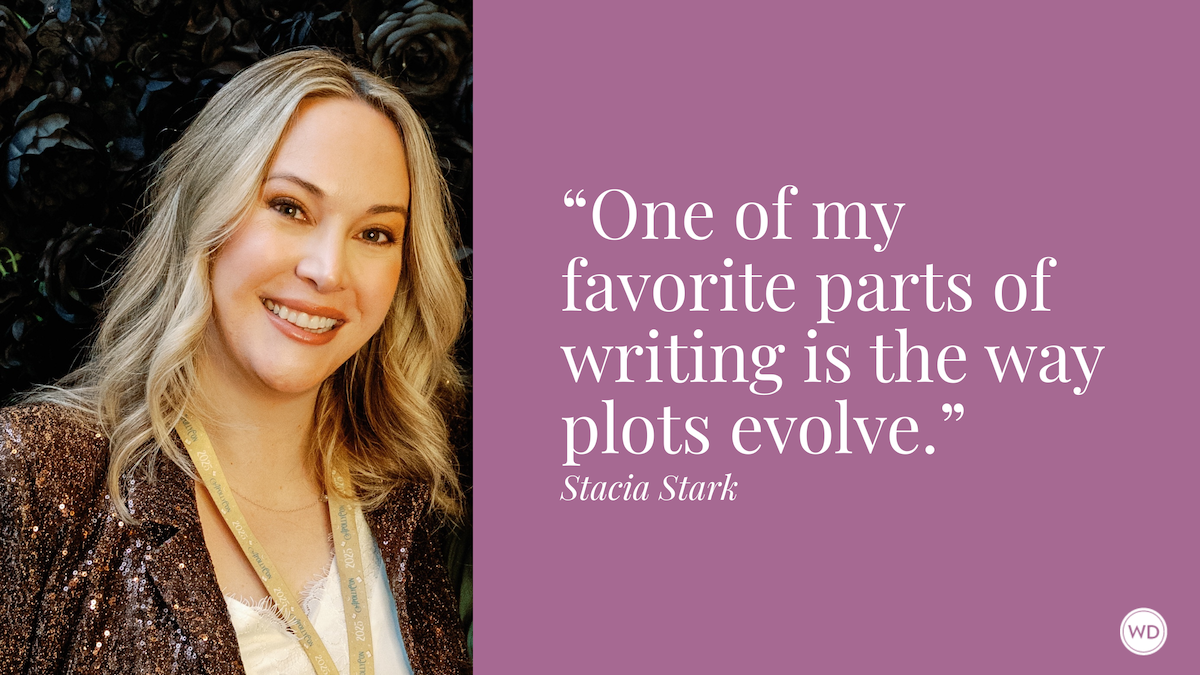Planting Clues: Red Herrings That Fool but Don’t Frustrate Your Readers
Want to know how to keep your readers engaged and entertained with your mystery novel? Let these six tips from thriller author Kris Calvin guide you!
The relationship between mystery/crime fiction writers and their readers is a special one. The reader often selects a book in this genre because they want to play along, to join the protagonist, whether amateur sleuth, hard-boiled private investigator, or young and eager homicide detective, in solving the crime.
The challenge for the writer is to make the reader’s quest not too easy.
I knew who the killer was in the second chapter!
And not too hard.
All signs pointed to Johnny. No one could have guessed it was actually Anne Marie who pulled the trigger!
Here are six tips to help you successfully plant false clues and red herrings in your mystery/crime fiction to keep your readers engaged and entertained, and have them clamoring for your next book!
Red Herrings That Fool but Don't Frustrate Your Readers
Tip 1: Even George Lied
Historians know the frequently repeated story that George Washington could not tell a lie is a lie. George had secrets he didn’t share, just like the rest of us.
Give every one of your significant characters a secret. Think big, and be inclusive.
This is the time to overdo it, with a purpose. If instead, early on, you narrow your focus to a few clever ideas for misdirection that excite you, you may miss less common and possibly more inventive options. For example, if you have a brilliant way to make readers think the murderer’s sister did it, and you spend all your time perfecting that, you might miss a wonderful opportunity to also cast suspicion on the delivery driver who dropped off the victim’s fettuccine alfredo the night he died.
Tip 2: Red Herrings Come in Shades from Bright Scarlet to Soft, Pearly Pink
A character’s secret might be bold and shocking. What, Uncle Todd, a premier surgeon who has operated on senators and priests, only trained as a large animal vet? But he was so convincing, and his surgeries were a huge success. What other secrets could he be hiding? Or the secret could matter only to the character themselves. Diona has collected hundreds of pieces of otter memorabilia—statuettes, salt, and pepper shakers, and potholders. She keeps them hidden away in bubble wrap in black garbage bags in her basement, only taking them out at midnight to enjoy how cute the little creatures are. She is embarrassed by the habit and wants no one to know.
Though neither Uncle Todd nor Diona is the killer, their secretive behavior creates the perfect red herring, causing your readers to suspect them of murder.
Have fun with it. Experiment with a range of false clues and misdirection.
IndieBound | Bookshop | Amazon
[WD uses affiliate links.]
Tip 3: Know “Why”
Once you have given each character something to hide, make sure you understand their reasons for doing so. Some may have dastardly motives. Others may keep something secret because they have healthy emotional boundaries—what they refuse to share is no one’s business but their own.
Similar to other types of back story, understanding the motivation behind each secret will help you come up with believable false clues, and craft scenes and dialogue that ring true.
For example, what Diona might say and do that leads her neighbor to search her basement and find the hidden stash of lumpy plastic bags that causes him to think Diona is the serial killer loose in the neighborhood will differ if Diona is hiding her collection because her mother was a hoarder who shamed the family than if Diona thinks otters are a childish obsession and wants to appear sophisticated and grown-up.
Tip 4: (Sometimes) Forget About It
Once you’ve developed a comprehensive list, select only the secrets and false clues you like best to use in your story. (Keep the rest to yourself to enrich your understanding of who your characters are.) Next step, decide whether the reader will believe you owe them an explanation as to what the false clue or misdirection you use really means.
As one example, if in Chapter One, Sarah runs from the scene of Maggie’s murder with a gun in her hand, readers will absolutely want to know why Sarah was there and why she had a gun. You let them believe for four chapters that Sarah killed Maggie, but in Chapter Five, Sarah sobs to her friend, “I went there to kill Maggie but she was already dead.” And in Chapter Nine, a witness comes forward to verify the timing of Sarah’s appearance at the scene, providing her an alibi for the shooting.
You have resolved the red herring you planted, and your readers can move on to look for other clues to solve Maggie’s murder.
Alternatively, suppose in Chapter One the reader learns Maggie’s murder occurred late Thursday night, and in Chapter Two, Jack’s roommate mentions to Yolanda, “I don’t know where Jack was Thursday night. He never came home. That’s not like him.”
If the plot barrels along with action and intrigue and Jack’s whereabouts turn out to be immaterial to the capture of Maggie’s actual killer, readers will not mind that they never find out where Jack was that night.
When I first started writing mysteries and thrillers I thought all loops had to be closed and all false clues explained, which led to a bloated “whodunnit” scene at the end.
Not necessary.
Trust readers in this genre to recognize what’s important in the end.
Tip 5: Play Fair
You’re a writer.
You’re clever.
Don’t get caught up in proving that fact.
Play fair.
Don’t introduce the murderer in the second-to-last chapter when all the clues until then have pointed to someone else. Don’t have a clone of a character commit the crime, unless cloning humans has been acknowledged in the narrative as existing in the world you create. And it wouldn’t be fair to have one of your characters drink Hermione’s polyjuice potion to give them a false identity, unless your story is set at Hogwarts.
Be vigilant. This tip is pretty simple, but it can be difficult to stick to.
Tip 6: Write Before Right
Whether you’re a plotter or a pantser, do not try early in the process to get the number and type of red herrings and false suspects “just right.” Outline or draft your story fully at least once, beginning to end, letting your creative juices flow freely before you go back and employ the guidance given above, which is largely analytical in nature.
Several drafts into my manuscript, I develop a spreadsheet that catalogs potential secrets, big and small. I use it to track red herrings I leave in and those that will only be back story, and which ones I plan to resolve for the reader, versus those I don’t. This helps keep me from overwhelming the reader with too many false clues or leaving important ones unexplained. You may find another method—anything is good that helps you treat the utilization of red herrings and false clues with the seriousness your readers expect and deserve.
Bottom line: With respect to red herrings and false clues in your story, when you begin:
“Don’t get it right, get it written.”
(And then get it right.)
I hope these tips are helpful. Please let me know which work for you, which don’t, and if you have others to share.
Kris Calvin is the author of the thriller novel, All That Fall (April 13, 2021; Crooked Lane Books). She served for more than 20 years as the CEO of the American Academy of Pediatrics and was honored for her leadership in advocacy for children by the California Legislature and Governor’s office. You can visit Kris online at kriscalvin.com.









